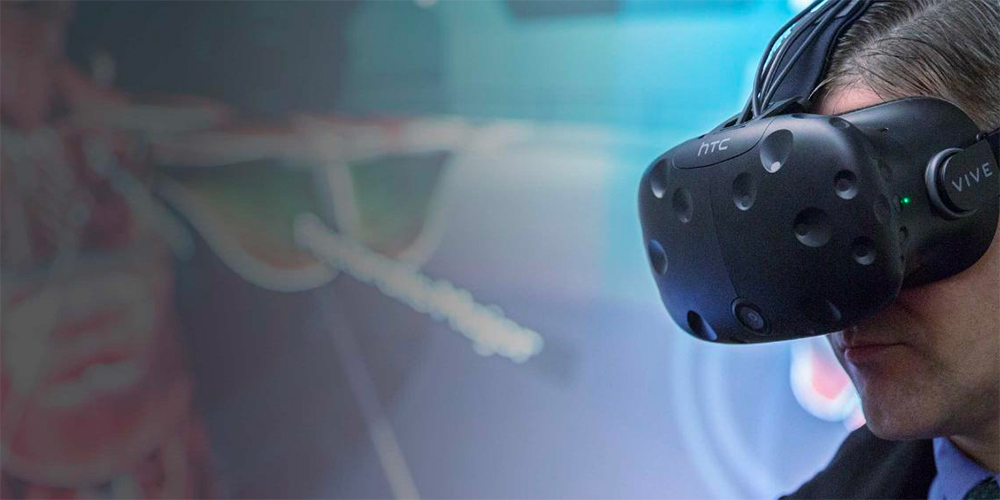We have just witnessed a modern medical miracle. In less than a year, several drug developers have brought COVID-19 vaccines from initial testing stages to full availability for the general public. This lightning-fast pace has defied the expectations of healthcare professionals and saved countless lives. It was the fastest path ever recorded by any other similar drug. Developing a vaccine to the stage where it is actually administered to patients is a complex process, typically lasting years or even decades. Suffice it to say that it took nearly 50 years of research and testing before Dr. Jonas Salk’s polio vaccine was introduced in 1955. More recently, varicella and Ebola vaccines have been developed in about 42 years. It is no exaggeration to call these COVID-19 vaccines one of the greatest scientific achievements in history. In addition, global production capacity is even greater than previously thought possible a year ago: 13 billion doses of the vaccine will be produced this year.
In an era of global competition and rivalry, this historic achievement is the emblem of close collaboration worldwide. An example above all is the vaccine introduced jointly by Pfizer and BioNTech, the first to receive approval for use in the USA. It was developed by a pair of Turkish researchers at the helm of a German company in partnership with a US multinational headed by a Greek immigrant with a Scandinavian chief scientific officer. It’s a big statement of the global nature of today’s innovation. In a broad sense, the commitment involved companies, governments and universities from all over the world. US biotech company Moderna partnered with a division of the US National Institutes of Health (NIH) to develop a similar vaccine, while British pharmaceutical giant AstraZeneca worked with the University of Oxford to produce a version of it. The United States (through Operation Warp Speed) and the European Union have provided funding that only governments can afford. Billions of dollars of upfront public incentives have enabled companies to take steps in parallel that they normally would have taken sequentially.
For both scientists and companies, the obvious question is whether these rhythms can be replicated. While drug development does not enjoy the same level of public funding as COVID-19 vaccines, the speed of science has taken a big leap forward. Advances in genetic analysis and the development of the world’s first mRNA vaccines have opened the door to a new era in the medical field. The most disruptive effects could be observed in the immunoncology segment or in the treatment of various forms of cancer. We can sequence tumors, compare their mutations with the human genome map, and identify and match therapies to specific mutations. Indeed, treatments derived from genetic testing have the potential to extend life and generate billions of dollars in revenue for the companies that deal with them.
Investment implications
- Drug Development Goes Global: The United States and Europe are no longer the only players in drug development. Chinese biotech company BeiGene recently gained first FDA approval for Brukinsa, a blood cancer drug. Another company, HUTCHMED, is on track to gain approval for its targeted treatment of neuroendocrine tumors this year. The role of China in the global pharmaceutical sector, both as an outlet market and as a source of relevant innovation on a global level, can only be strengthened in the future.
- Markets are potentially huge: For some cancers and other common diseases, the scope of the outlet market appears enormous. Just a few weeks ago, China filed for approval in the United States the first PD-1 inhibitor, the same category as Merck Keytrude’s drug. This is potentially a $ 50 billion market. For Merck’s drug alone, the peak sales are between $ 25 and $ 30 billion. The patent won’t expire until 2028, but there are four other companies vying for approval in the US.
- The years of 2020 will be the decade of the health sector: If the 2010s marked the era of technological titans (including the FAANGs) leading the markets to revolutionize the world, in the decade of 2020 the baton could pass to the healthcare segment. The industry has never experienced such a stimulating moment. It all started with the sequencing of the human genome. Over the past twenty years we have developed and improved these tools, now used not only to provide more accurate diagnostics, but also to create better therapies to match those same diagnoses.
–


